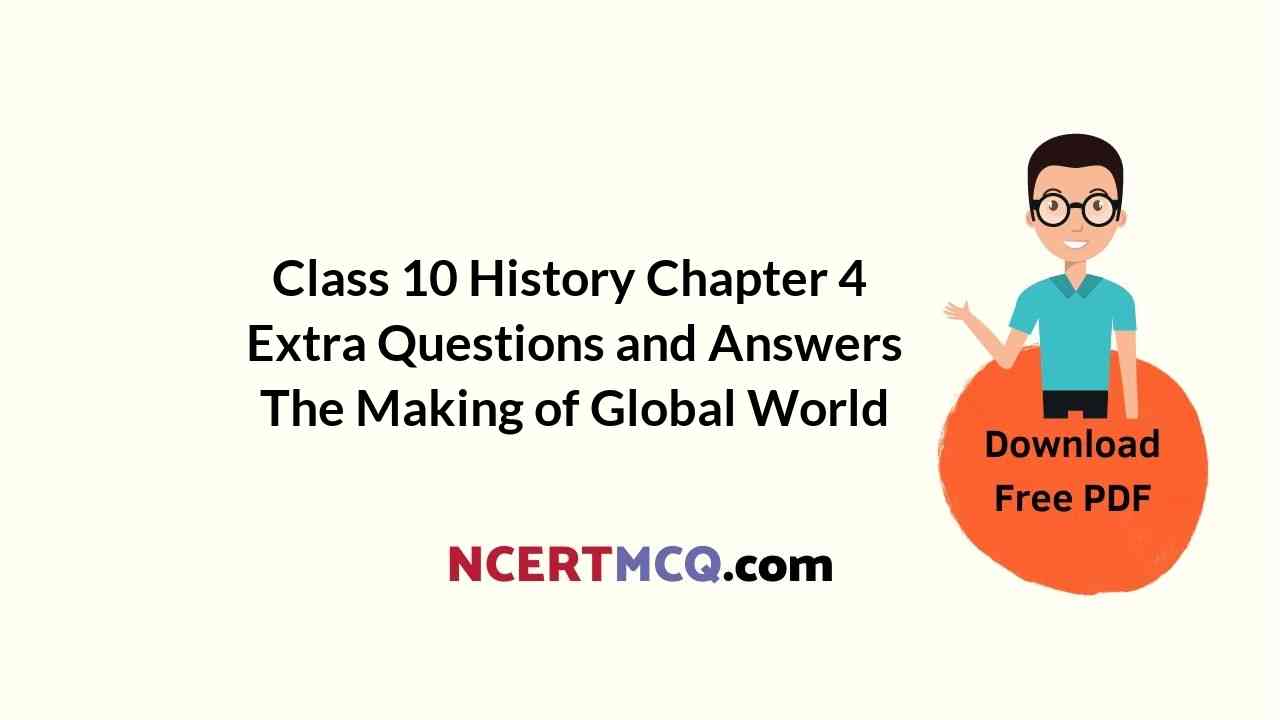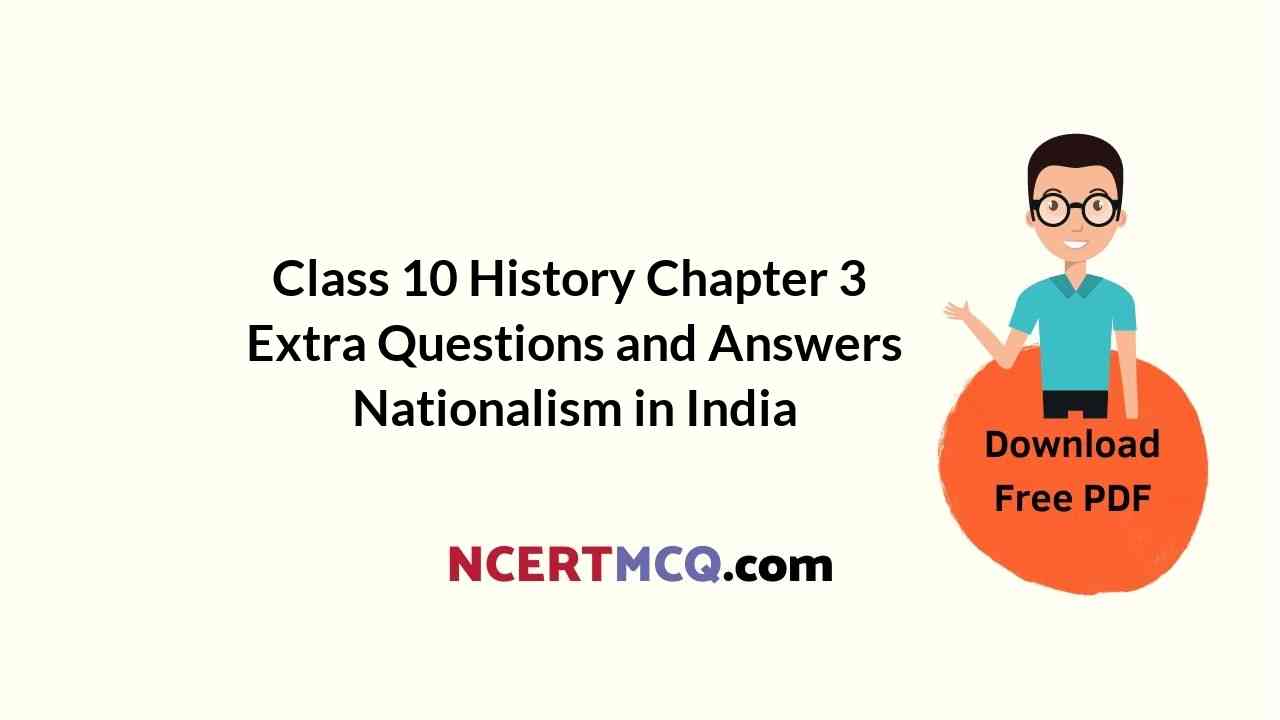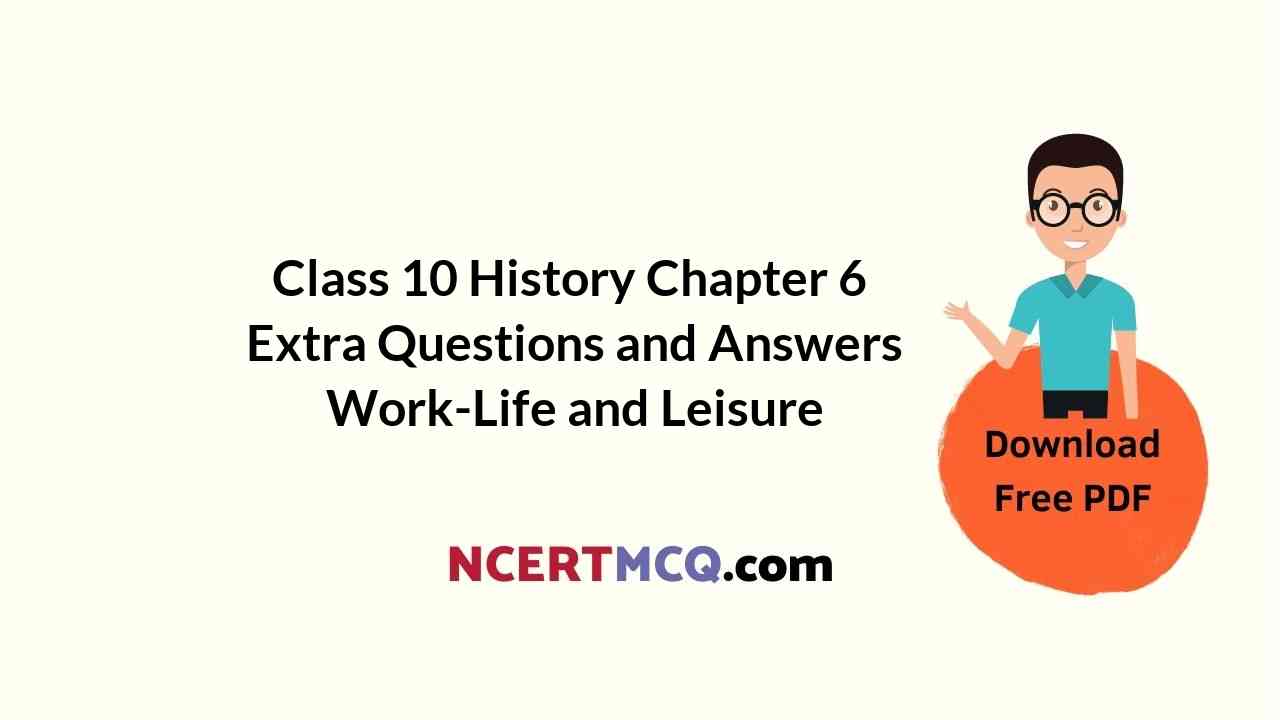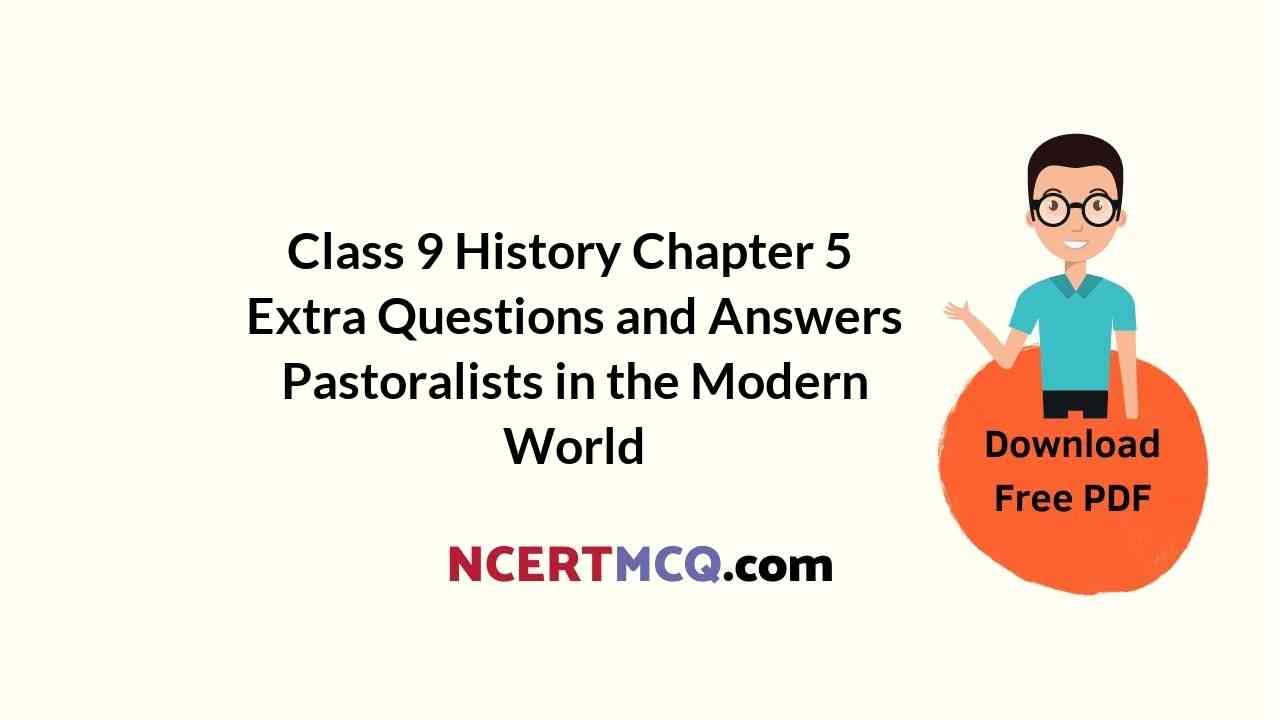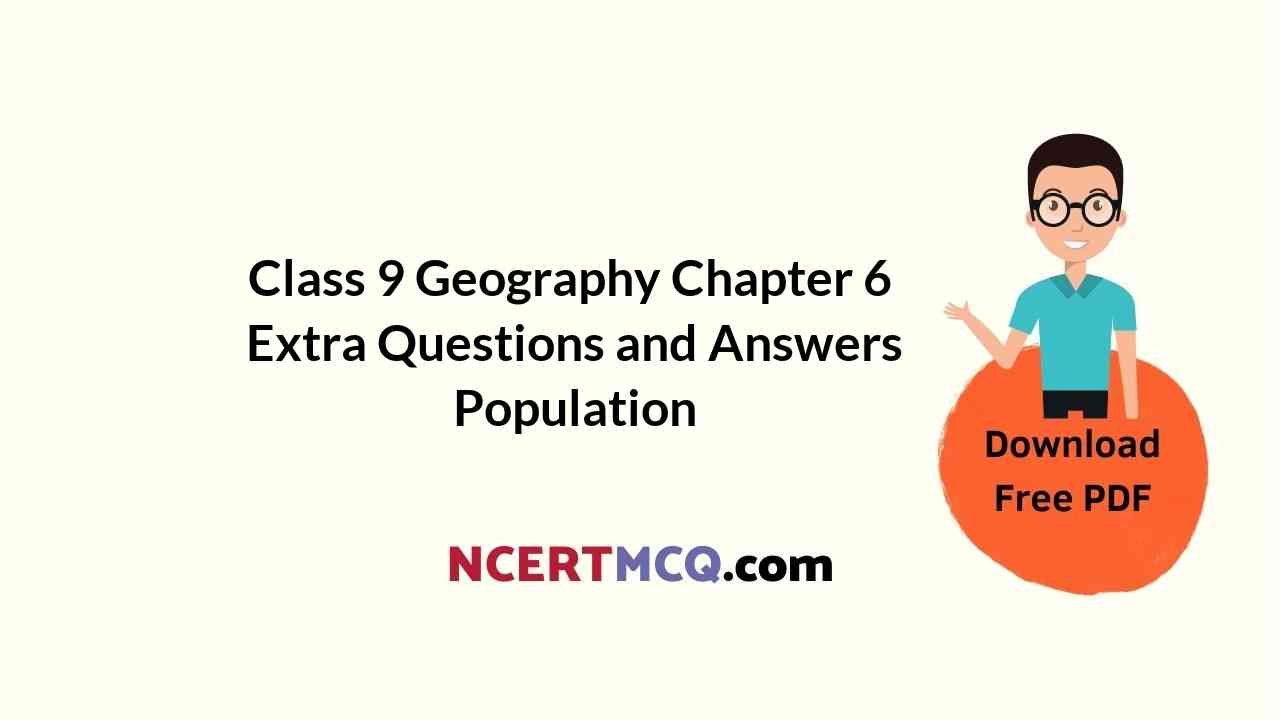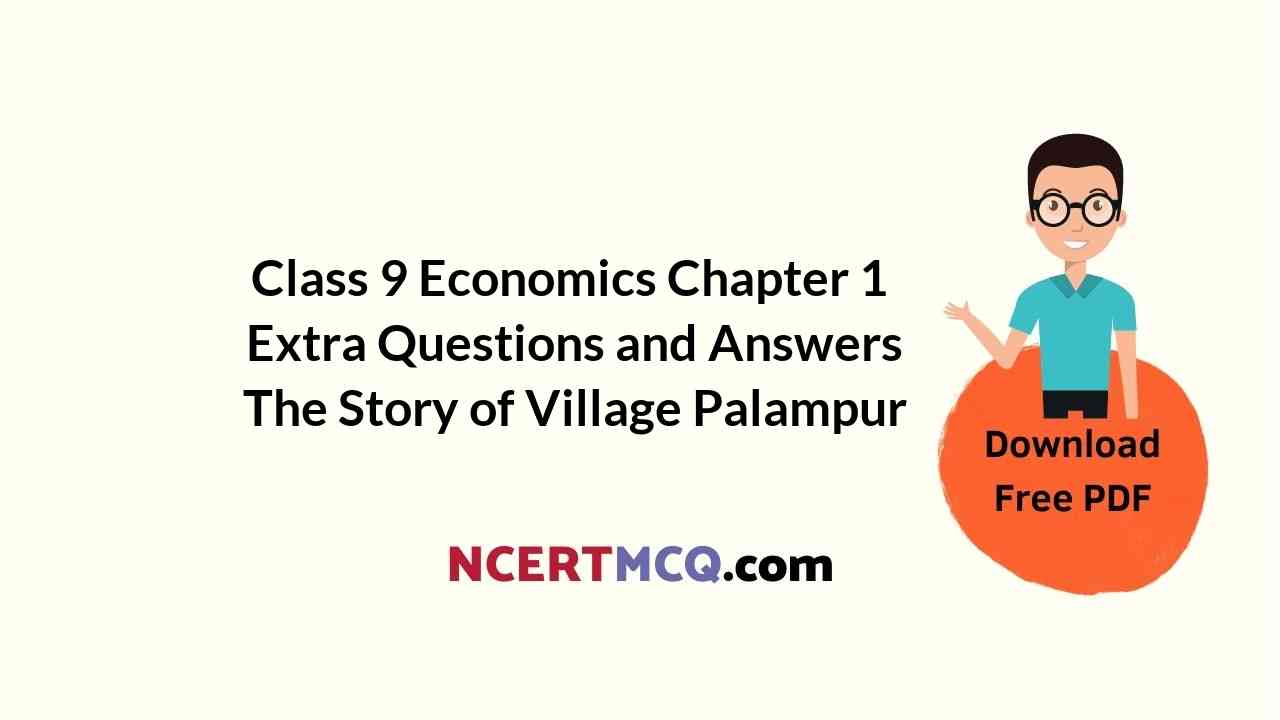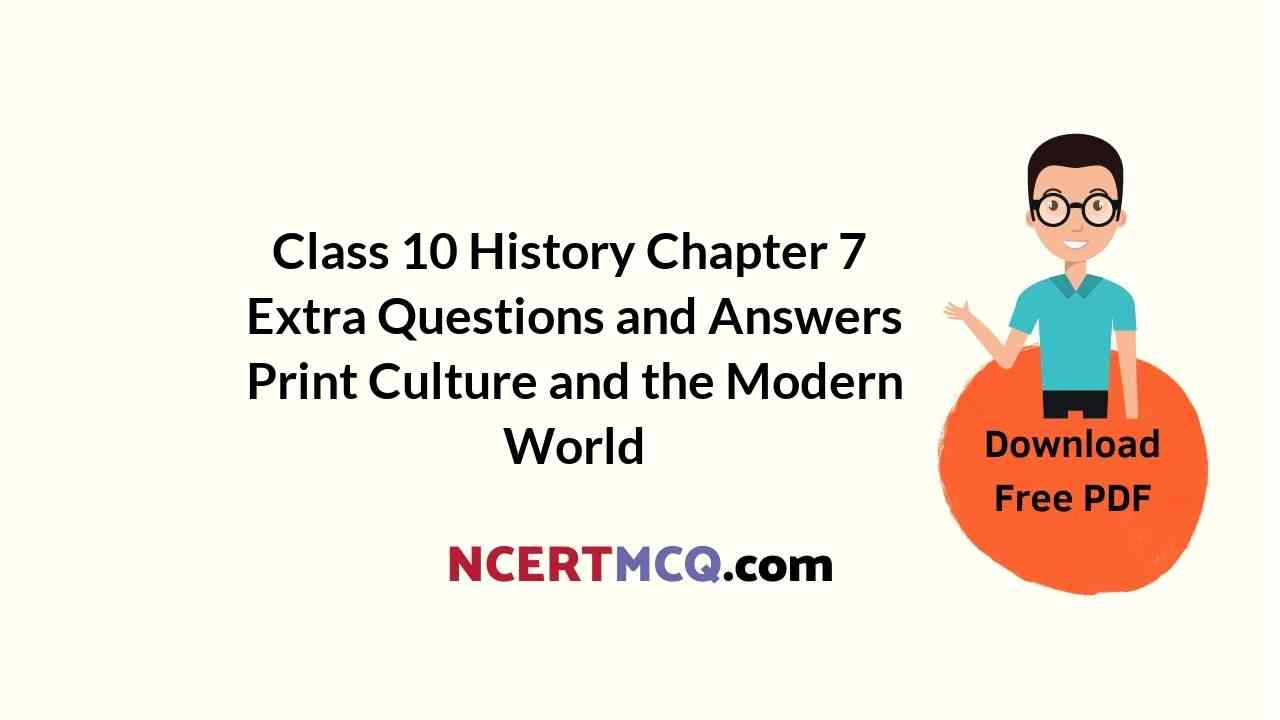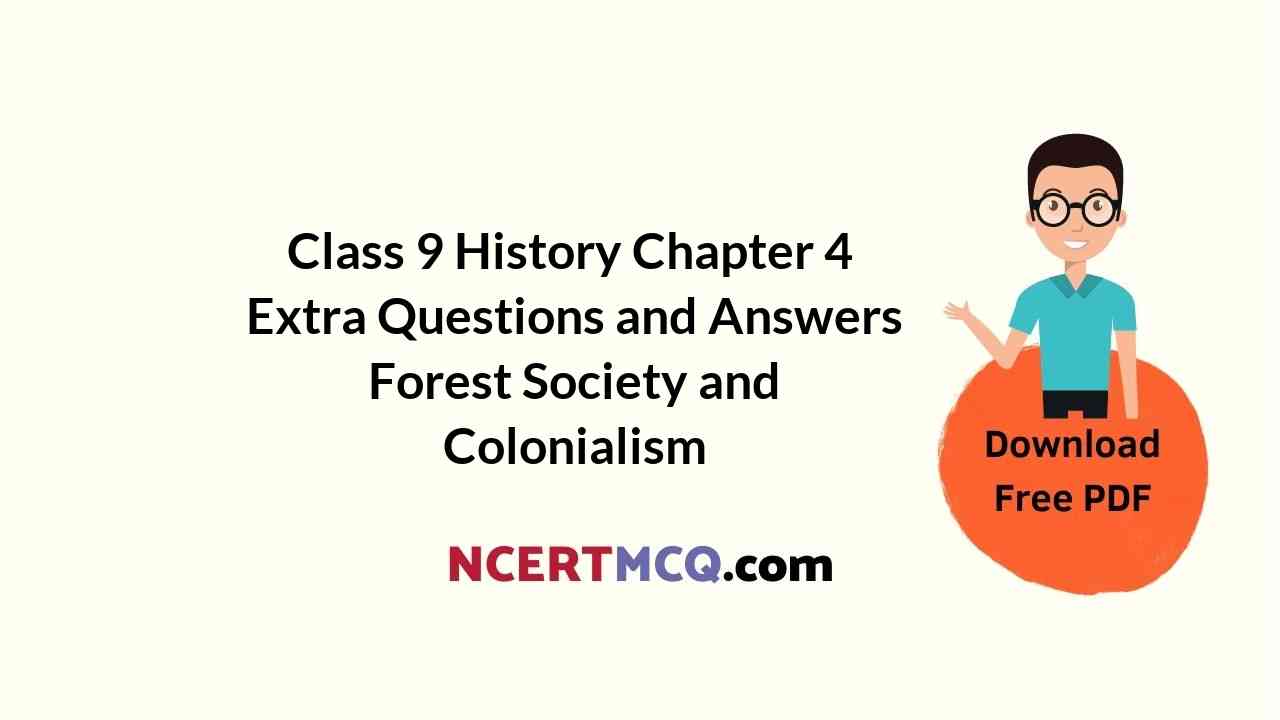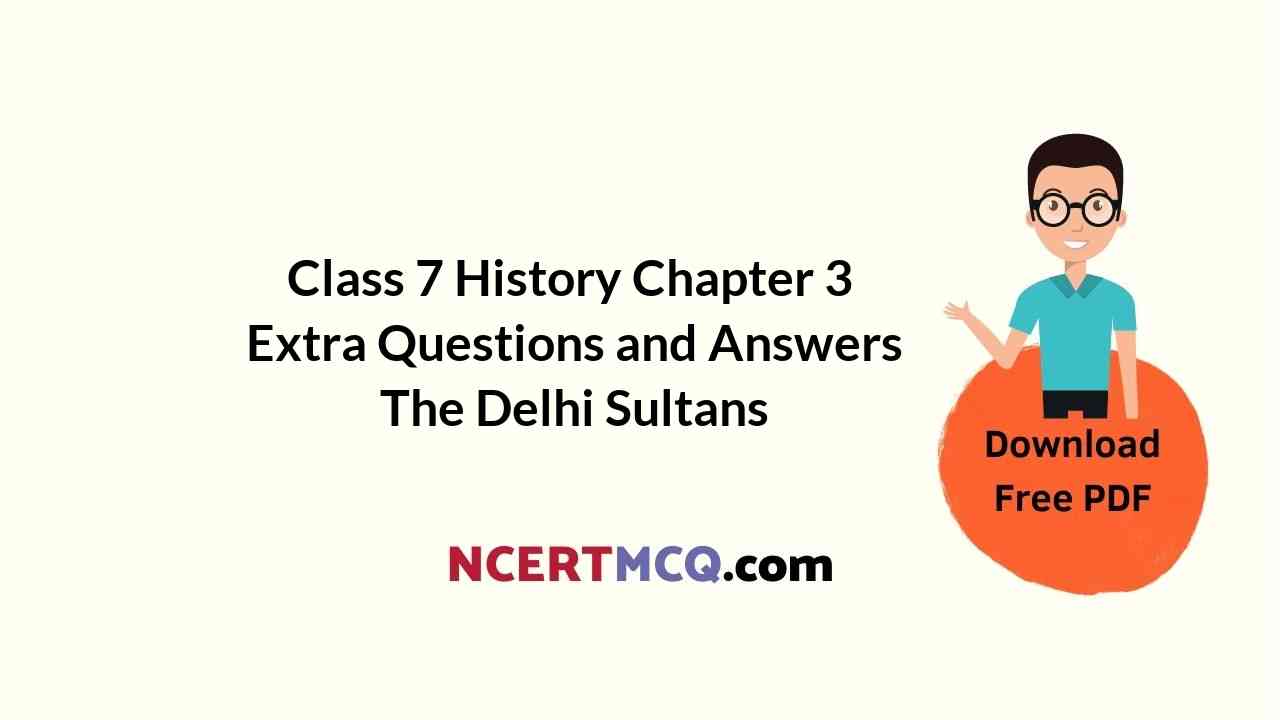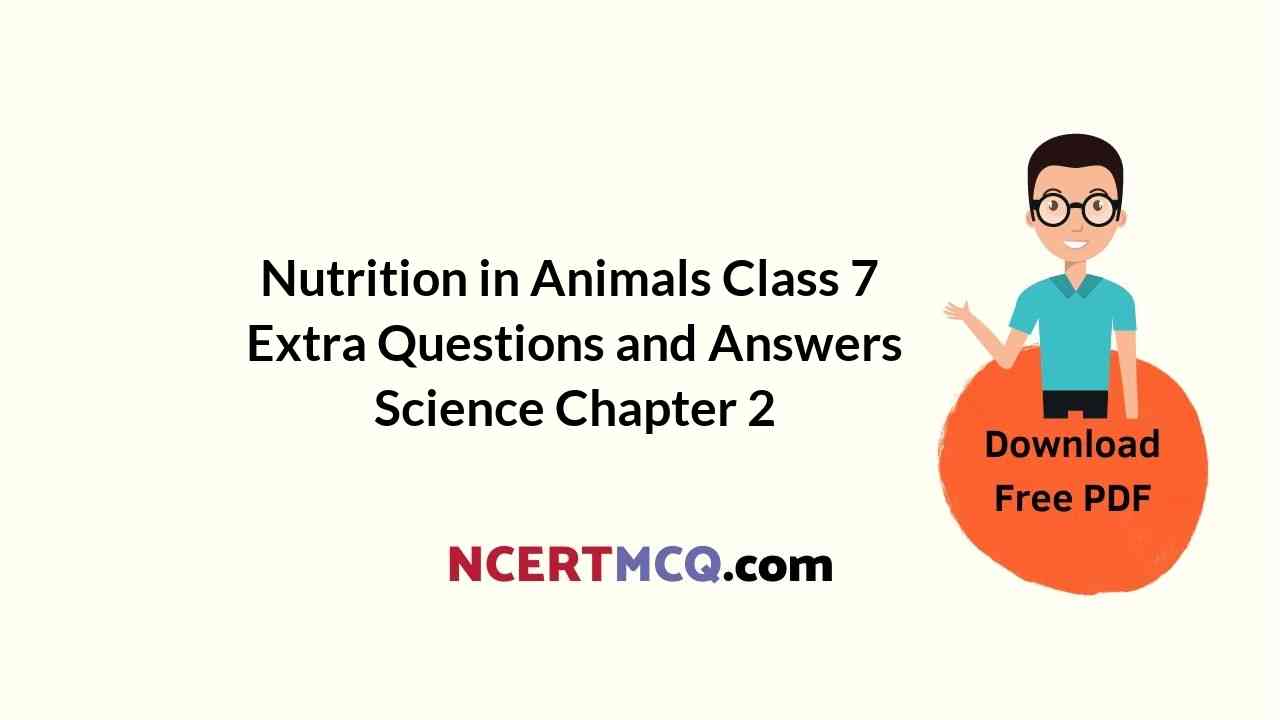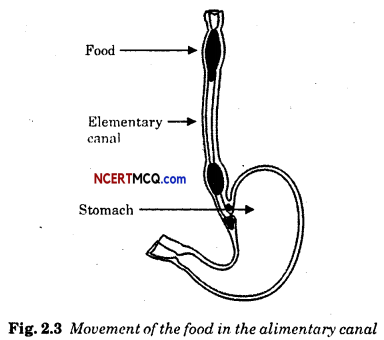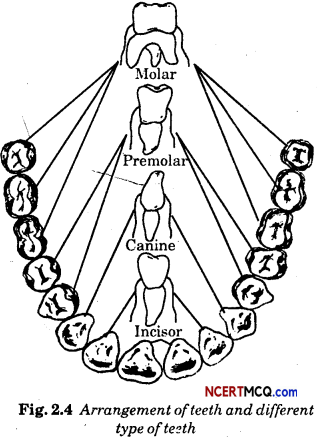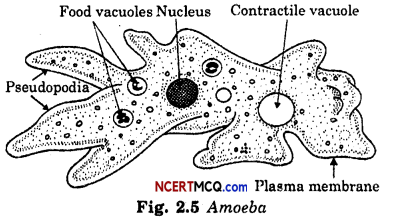Here we are providing Class 10 History Chapter 4 Extra Questions and Answers The Making of Global World was designed by subject expert teachers. https://ncertmcq.com/extra-questions-for-class-10-social-science/
The Making of Global World Class 10 Extra Questions History Chapter 4
Question 1.
What is silk route?
Answer:
It is a route through which the Chinese silk would move from China to West-bound regions.
Question 2.
Give examples of goods sent to Europe from Asia.
Answer:
Silk, pottery, textiles, spices.
Question 3.
What would Europe give to Asia in return to silk, spices etc.?
Answer:
Precious metals: gold and silver.
Question 4.
Who were the American Indians?
Answer:
America’s original inhabitants were known as the American Indians.
Question 5.
How do you say that a crop could make the difference between life and death? Give example.
Answer:
It a crop was available, people would eat it and live; if it was not available, people would die Europe’s poor lived as potato was available: the people of Ireland died when the potato crop was destroyed by disease.
![]()
Question 6.
When do you find world shrinking?
Answer:
The pre-modern world began shrinking when the European sailors found new sea route to Asia and discovered”Americas.
Question 7.
Name the countries where precious metals such as silver and gold were found?
Answer:
Present Peru and Mexico, and El Dorado.
Question 8.
Mention the problems Europe had faced until the 19th century.
Answer:
Poverty, hunger, diseases, religious confiets.
Question 9.
What do you mean by ‘flow of trade’?
Answer:
Flow of trade refers to trade in goods (cloth, wheat).
Question 10.
What do you mean by ‘flow of labour?
Answer:
Flow of labour refers to migration: people moving out in search of employment.
Question 11.
What do you mean by ‘flow of capital’?
Answer:
Flow of capital refers to investment of capital over long distances.
Question 12.
What were the com laws? Why were these laws later scrapped?
Answer:
Corn laws were laws enacted by Britain so to disallow ‘corns’ in the country. As food prices arose, the industrialists and the urban dwellers forced the government to withdraw these laws.
![]()
Question 13.
Why were certain colonies in Punjab described as the canal colonies?
Answer:
The British government built a network of canals, in the then semi deserts areas of Punjab. Colonies established around these canals were called the canal colonies.
Question 14.
Mention as to what had helped imagine a transformed 194-century world?
Answer:
Railways, steamship, telegraph etc. etc.
Question 15.
Trade and profit apart, what was the darker side of colonialism for the colonial people?
Answer:
Loss of their freedoms, and also of livelihood. The colonialists made use of the natural resources o the colonies for’ their colonial design.
Question 16.
Why were the Europeans attracted to Africa?
Answer:
The Europeans were attracted to Africa due to its vast resources of land and minerals, in late 19th century.
Question 17.
Why were the inheritance laws introduced in Africa?
Answer:
The purpose behind the inheritance laws was to displace the peasants from their ‘and, and force them to work as wages.
Question 18.
What was rinderpest?
Answer:
Rinderpest was a deadly cattle disease. It spread in Africa in 1890s.
![]()
Question 19.
From which regions of India did the indentured workers come to work with the plantation employers?
Answer:
Eastern Uttar Pradesh, Bihar, Madhya Pradesh, some districts of Tamil Nadu.
Question 20.
What is described as the new system of slavery?
Answer:
The 19th century indenture was described as the new system of slavery.
Question 21.
What is Hosay’?
Answer:
‘Hosay’ (for Imam Hussain) a notorious I carnival being transformed from Muharram.
Question 22.
Who were the Allies and the central powers during the World War I?
Answer:
Allies: Britain, France, Russia, later the USA.
Central Powers: Germany. Austria-Hungary j and the Ottoman Turkey.
Question 23.
Why do we say that the World War I | was the first modern industrial war?
Answer:
The World War I is described as the first modem industrial war because it saw the use of machine guns, tanks, aircrafts, chemical weapons etc. on a massive scale.
Question 24.
Why was Britain burdened with huge external debt after the World War I?
Answer:
Britain had borrowed liberally from the USA. It was unable to recover from economic losses during the war.
Question 25.
The World War I led to an economic boom initially and economic depression later. Explain.
Answer:
The World War I resulted in economic recovery initially leading to mass production as well as mass consumption in early 1920s. But soon mass production had no buyers, hence economic depression in 1929-30.
Question 26.
What was the effect the Great Depression on India?
Answer:
Foodgrains prices fell 50%; jute prices fell 60% all this leading to rural indebtedness.
Question 27.
At which conference was the International Monetary Fund established and for what purposes?
Answer:
At Bretton Woods conference, to deal with the external surpluses and deficits of its members.
Question 28.
Why was the World Bank established?
Answer:
The World Bank (earlier called the International Bank for Reconstruction and Development) was set up, after the World War II, to finance post-war reconstruction.
Question 29.
How have the human societies become interlinked? Explain.
Answer:
All through history, human societies have become steadily more interlinked. From ancient times, travellers, traders, priests and pilgrims travelled vast distances for knowledge, opportunity and spiritual fulfilment, or to escape persecution. They carried goods, money, values, skills, ideas, inventions, and even germs and diseases
Some such examples are:
- As early as 3000 BCE an active coastal trade linked the Indus valley civilisations with present- day West Asia,
- For more than a millennia, cowries (the Hindi coudi Seashells used as a form of currency) from the Maldives found their way to China and East Africa.
- The long distance spread of disease carrying germs may be traced as far back as the seventh century.
Question 30.
Give examples as to how food offers a link between peoples of different region.
Answer:
Food offers many examples of long distance cultural exchange Traders and travellers introduced new crops to the lands they travelled. Even ‘ready’ foodstuff in distant parts of the world might share common origins. Take spaghetti and noodles. It is believed that noodles travelled west from China to become spaghetti. Or, perhaps Arabs traders took pasta to fifth-century Sicily, an island now in Italy.
![]()
Question 31.
Explain what we mean when we say that the world shrank in the 1500s.
Answer:
By shrinking of the world what we mean is that the people of the world have come closer. With the new sea route to Asia, it was now approachable to the Europeans. The discovery of America, unknown until then, came to be known to the world. Europe, Asia, Europe, Australia – all these seemed nearer to each other.
Question 32.
How did smallpox pave way for the conquest of Americas by the Spanish.
Answer:
In fact, the most powerful weapon of the Spanish conqueror was not a conventional military weapon at all. It was the germs such as those of smallpox that they carried on their person. Because of their long isolation, America’s original inhabitants had no immunity against these diseases that can from Europe. Smallpox in particular provec a deadly killer. Once introduced, it spread deep into the continent, ahead even of any Europeans reaching there. It killed and decimated whole communities, paving the way for conquest.
Question 33.
Why did some Europeans move from | Europe to America during most part of the 17th 1 century?
Answer:
Until the nineteenth century, poverty and hunger were common in Europe. Cities were crowded and deadly diseases were widespread. Religious conflicts were common, and religious dissenters were persecuted. Thousands therefore fled Europe for America, where by the eighteenth century, plantations worked by slaves captured in Africa. Nearly 5 crore people migrated from Europe to America and Australia during the 19th century.
Question 34.
How did the coming of the world economy lead to large migration of the people.
Answer:
Increase in agricultural products led to sale abroad Railways, were needed to link the agricultural regions to the ports, New harbours had to be built and old ones expanded to ship the new cargoes, People had to settle on the lands to bring them under cultivation. This meant building homes and settlements. All these activities in turn required capital and labour.
Capital flowed from financial centres such as Landon. The demand for labour in places where labour was in short supply – as in America and Australia – led to more migration. All over the world some 150 million are estimated to have left their homes, crossed oceans and vast distances over land in search of a better future.
Question 35.
Give briefly the process of colonization of the world during the 19 century.
Answer:
The European powers carved up the borders of the African countries during late 19th century. In 1885, the big European powers met in Berlin to complete the carving up of Africa between them Britain and France made vast additions to their overseas territories in the late nineteenth century. Belgium and Germany became new colonial powers. The US also became a colonial power in the late 1890s by taking over some colonies earlier held by Spain.
The geographical explorations did contribute to the colonization of Africa. Sir Henry Morton Stanley refers about Livingston’s exploration, in helping the conquest of Africa.
Question 36.
Give a brief account of the rinderpest, the devastating cattle disease.
Answer:
Rinderpest arrived in Africa in the late 1880s. It was carried by infected cattle imported from British Asia to feed the Italian soldiers invading Eritrea in East Africa. Entering Africa in the east, rinderpest moved west like forest fire’, reaching Africa’s Atlantic coast in 1892. It reached the Cape.
Along the way rinderpest killed 90 per cent of the cattle. The loss of cattle destroyed African livelihoods. Planters, mine owners and colonial governments now successfully monopolised what scarce cattle resources remained, to strengthen their power and to force Africans into the labour market. Control over the scarce resource of cattle”enabled European colonisers to conquer and subdue Africa.
Question 37.
Explain with examples how the Indian bankers and traders financed export agriculture.
Answer:
The Indian Bankers and traders, such as Shikarpuri Shroffs and Nattukottai Chettiars financed export agriculture in Central and Southeast Asia, using either their own funds or those borrowed from European banks. They had a sophisticated system to transfer money over large distances, and even developed indigenous forms of corporate organisation.
Indian traders and moneylenders also followed European colonisers into Africa. Hyderabadi Sindhi traders, however, ventured beyond European colonies.
![]()
Question 38.
Give example as to how the trade in Indian textile declined but increased in raw material ?
Answer:
With stiff competition in international market, export in textile declined. It declined from some 30% around 1800 to 15% by 1815, and by
1870, it came below 3%. But the export in raw- material steadily increased between 1812 and 1871, the share of raw-cotton exports rose from 5% to 35%.
Question 39.
How was the economic depression harmful for jute production in India ?
Answer:
The economic depression (1929-30) proved harmful for the Indian jute producers. The producers grow raw jute that was processed in factories for export in the form of gunny bags. But as gunny exports collapsed, the price of raw jute crashed more than 60 percent. Peasants who borrowed in the hope of better times or to increase output in the hope of higher incomes faced ever lower prices, and fell deeper and deeper into debt.
Question 40.
Why did the Bretton Woods institutions shift their attention towards developing countries
Answer:
The IMF and the World Bank (the two Bretton Woods institutions) were designed to meet the financial needs of the industrial countries. They were not equipped to cope with the challenge of poverty and lack of development in the former colonies. But as Europe and Japan rapidly rebuilt their economies, they grew less dependent on the IMI and the World Bank. Thus from the late 1950s, the Bretton Woods institutions began to shift their attention more towards developing countries.
Question 41.
Discuss the importance of language and popular traditions in the creation of national identity.
Answer:
- A nation is more important than an individual. So a person is known by his/her language he/she speaks or the traditions are follows. For example, if a person speaks Hindi in England and celebrates Holi or Diwali there, he/ she will be identified as an Indian easily.
- Since traditions and languages take a very long time to develop in a particular region, these get deeply rooted among the people of that region.
- People may come and people may go but languages and traditions go on forever, although these might change their form.
Question 42.
Briefly summarise the two lessons learnt by economists and politicians from the inter-war economic experience?
Answer:
- Since the wars destroyed the economies of many countries of the world and pushed them back by many years so the economists, as well as the politicians, thought that they must work very hard for the economic development and stability of the industrialised countries.
- Now, they understood the value of interdependence of different national economies all over the world, which slowly transformed into the era of globalisation.
![]()
Question 43.
Substantiate with examples how the silk routes were helpful in linking the world?
Answer:
The silk routes are a good example of pre-modern trade and cultural links between distant parts of the world. The name silk routes points to the importance of West-bound Chinese silk cargoes along this route. Historians have identified several silk routes, overland and by sea, knitting together vast regions of Asia, and linking Asia with Europe and northern Africa.
They are known to have existed since before the Christian Era and thrived almost till the fifteenth century. But Chinese pottery also travelled the same route, as did textiles and spices from India and Southeast Asia. In return, precious metals – gold and silver – flowed from Europe to Asia.
Trade and cultural exchange always went hand in hand. Early Christian missionaries almost certainly travelled this route to Asia, as did early Muslim preachers a few centuries later. Much before all this: Buddhism emerged from eastern India and spread in several directions through intersecting points on the silk routes.
Question 44.
Do you agree that by 1890, a global agricultural economy had taken place?
Answer:
By 1890, a global agricultural economy had taken shape, accompanied by complex changes in labour movement patterns, capital flows, ecologies and technology. Foud no longer came from a nearby village or town, but from thousands of miles away. It was not grown by a peasant tilling his own land, but by an agricultural worker, perhaps recently arrived, who was now working on a large farm that only a generation ago had most likely been a forest.
It was transported by railway, built for that very purpose, and by MPs which were increasingly manned in these decades by low-paid workers from southern Europe, Asia, Africa and the Caribbean.
Indeed, so rapidly did regional specialisation in the production of commodities develop, that between 1820 and 1914 world trade is estimated to have multiplied 25 to 40 times. Nearly 60 per cent of this trade comprised ‘primary products’ that is agricultural products such as wheat and cotton, and minerals such as coal.
Question 45.
How did the Great Depression affect the US economy?
Answer:
The US was also the industrial country most severely affected by the depression. With the fall in prices and the prospect of a depression, US banks had also slashed domestic lending and called back loans, Farms could not sell their harvests, households were ruined, and businesses collapsed. Faced with falling incomes.
What are MNCs?
Multinational corporations (MNCs) are large companies that operate in several countries at the same time. The first MNCs were established in the 1920s Many more came up in the 1950s and 1960s as US businesses expanded worldwide and Western Europe and Japan also recovered to become powerful industrial economies.
The worldwide spread of MNCs was a notable feature of the 1950s and 1960s. This was partly because high import tariffs imposed by different governments forced MNCs to locate their manufacturing operations and become ‘domestic producers’ in as many countries as possible.
Many households in the US could not repay what they had borrowed and were forced to give up their homes, cars and other consumer durables. The consumer’s prosperity of the 1920s now disappeared in a puff of dust. As unemployment soared, people trudged long distances looking for any work they could find.
Ultimately, the US banking system itself collapsed. Unable to recover investments, collect loans and repay depositors.
thousands of banks went bankrupt and were forced to close. The numbers are phenomenal. by 1933 over 4,000 banks had closed and between 1929 and 1932 about 110,000 companies had collapsed.
Question 46.
How would you explain that from mid-1970s, international financial system substantially changed?
Answer:
From the mid-1970s the international financial system also changed in important ways.
(i) Earlier, developing countries could turn to International institutions for loans and development assistance. But now they were
forced to borrow from Western commercial banks and private lending institutions. This led to periodic debt crises in the developing world, and lower incomes and increased poverty, especially in Africa and Latin America.
(ii) The índustrial world was also hit by unemployment that began rising from the mid 1970s and remained high until the early 1990s. From the late 1970s MNCs also began to shift production operations to low wage Asian countries.
(iii) China had been cut off from the post war world economy since its revolution in 1949. But new economic policies in China and the collapse of the Soviet Union and Soviet-style communism in Eastern Europe brought many countries back into the fold of the world economy.
![]()
Map Skill
On the outline map of Africa, draw map of colonial Africa at the end of the 19th century.
Answer:
See map below:
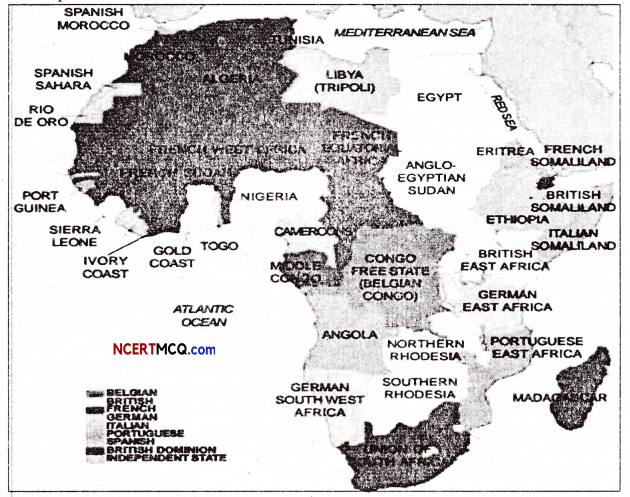
Objective Type Questions
1. Fill in the blanks with the appropriate words.
(i) …………………………….. or seashells were used as a form of currency.
Answer:
Cowdies
(ii) Most of our common foods came from ……………………………… .
Answer:
American Indians,
(iii) Silk routes pertain to a particular country called …………………………….. .
Answer:
China
(iv) The Great Depression occurred during …………………………….. .
Answer:
1929-30.
(v) Most India …………………………….. workers come from eastern Uttar Pradesh, Bihar, Madhya Pradesh.
Answer:
indenture.
2. Choose the most appropriate alternative:
(i) ‘Chutney motive was popular in
(a) Chicago
(b) Landon
(c) Trinidad
(d) Tokyo
Answer:
(c) Trinidad
(ii) The headquarter of the English Last India company was in:
(a) Yorkshire
(b) Landon
(c) Glasgow
(d) Liverpool
Answer:
(b) Landon
(iii) One of the Following was the producer of car in the USA
(a) Henry Ford
(b) Farty Taft
(c) Gerald Ford
(d) Bill Gates
Answer:
(a) Henry Ford
(iv) Group of 77 belong to the following nations:
(a) Developed
(b) Developing
(c) African
(d) Asian
Answer:
(b) Developing
(v) One of the following in Bretton Woods institutions
(a) IMF
(b) WHO
(c) ILO
(d) UNESCO
Answer:
(a) IMF
